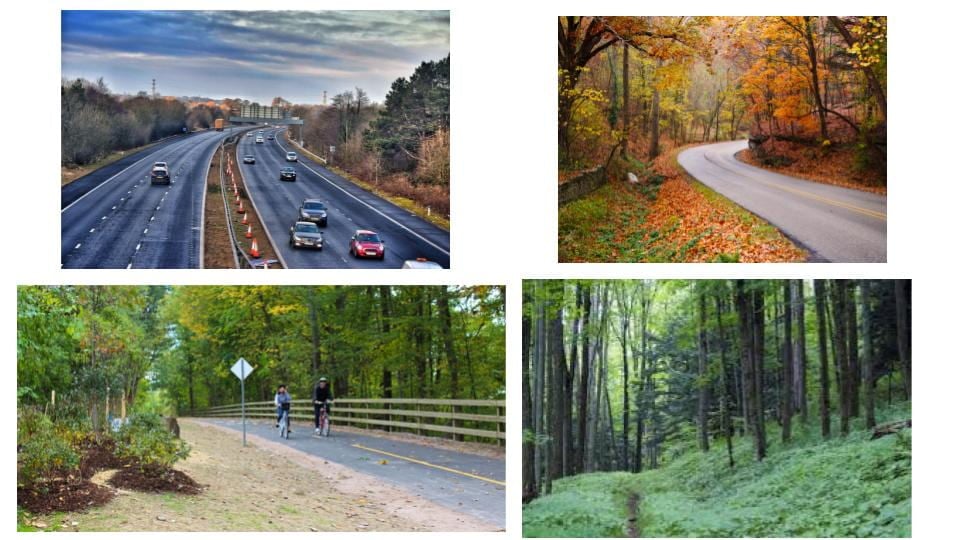Active Learning = Real Learning
It’s been too long since my last post. TOO LONG. Not for lack of thinking or amazing things that have been percolating in my brain. Just TOO LONG. Intimidated by the process of writing cogent prose? Probably. Lazy? Maybe. Here goes….
One of the joys of being part of a learning community – a REAL PLC is the ability for all to step up and step back. We share, we trust, we empathize, we care. And we read and reflect with religious fervor. (shout out to Phil, Deanna, Sophie, Melissa, Susannah, Josh and Leigh). This post is from one of those things we passed around and shared.
In Peter Nilsson’s “Educators Notebook” from the week of September 15 there was a published article from the National Academy of Sciences titled “Measuring actual learning versus feeling of learning in response to being actively engaged in the classroom”. Two major ideas:
Students involved with active learning learn and remember more than their peers who were learning in more traditional passive (teacher centric) classrooms. OK. For those of us Deeper Learning evangelists not a big surprise.
Students who learned in teacher centric (lecture) classrooms felt they had learned more than students who were in active learning classrooms. Even though they had not!
At some level this should not have surprised me as much as it did. After a decade of Deeper Learning work in my MPX classroom, it was not uncommon to have some students feel they weren’t learning as much as their peers who were in more traditional classrooms.
Why? The authors of the research put it well:
Having observed this negative correlation between students’ FOL and their actual learning, we sought to understand the causal factors behind this observation. A survey of the existing literature suggests 2 likely factors: 1) the cognitive fluency of lectures can mislead students into thinking that they are learning more than they actually are (30, 31) and 2) novices in a subject have poor metacognition and thus are ill-equipped to judge how much they have learned (27–29). We also propose a third factor: 3) students who are unfamiliar with intense active learning in the college classroom may not appreciate that the increased cognitive struggle accompanying active learning is actually a sign that the learning is effective. We describe below some evidence suggesting that all 3 factors are involved and propose some specific strategies to improve students’ engagement with active learning.
The money line in that paragraph is “students who are not familiar with intense active learning…may not appreciate increased cognitive struggle”. Yes. Knowledge construction is a process that only the learner can do by “grappling” (a word that Ron Berger uses a lot) with new ideas, concepts and skills.
It reminds me of a great graphic that epic teacher Marco Torres shared at one of the early Schools of the Future Conferences:
His point: If you are travelling, which journey will provide the most rich opportunities for learning? In our rush to get to CONTENT, we have lost the value of challenge and grappling that is fundamental for powerful learning. We have paved too much of the roadway, forgetting the journey has value, not just the destination.
In the Article from NAS, the authors make the case that by going Meta with learners – explaining WHY active learning feels harder, WHY it might feel like you are learning less, WHY grappling is good you can improve learner’s perceptions of whether they feel they are learning. Indeed. The journey, not just the destination, matters!

